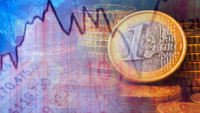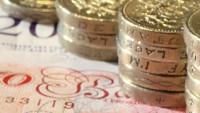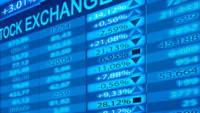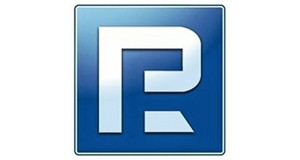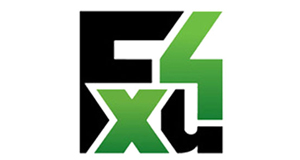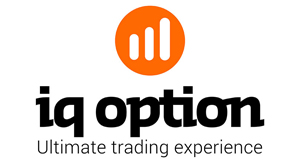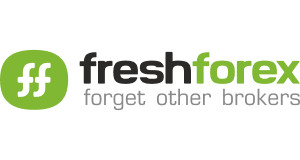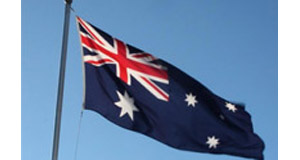 Australian CPI data for the first quarter of the year showed annual inflation entering the Reserve Bank of Australia’s target range for the first time since September 2014. Despite this feat, inflation numbers were below what analysts expected while core inflation significantly lagged the RBA’s target band of 2 to 3%. These factors caused the Australian dollar to fall.
Australian CPI data for the first quarter of the year showed annual inflation entering the Reserve Bank of Australia’s target range for the first time since September 2014. Despite this feat, inflation numbers were below what analysts expected while core inflation significantly lagged the RBA’s target band of 2 to 3%. These factors caused the Australian dollar to fall.
Taking a look at the actual numbers, inflation stood at 2.1% year-on-year during the first quarter of 2017. This compares favorably to the previous quarter’s 1.5%, but falls short of expectations of a 2.2% figure. Quarter-on-quarter, the inflation rate came in at 0.5%, the same as the previous quarter and below the forecasted 0.6%. The annual figure for core inflation, which excludes volatile food and energy prices, stood at 1.5%.
Delving into the details underlying the figures, a significant portion of the increase in prices was attributed to temporary or seasonal factors. Specifically, petrol prices recorded a marked increase during the quarter while on the seasonal front, health and education costs rose as it is habitually the case at the start of the year. It is encouraging for the economy though that deflation fears seem to be receding for now.
Relative to its US counterpart, the Australian dollar experienced volatility after the release of the data, trading between $0.7557 and $0.7508 within the first twenty minutes of the release of the data. It subsequently steadied at the lower end of the aforementioned range, before it eventually fell below the $0.75 handle to hit a two-week low.
Finally, it is worthy of mention that despite headline inflation entering the RBA’s target band, the fact that it only marginally did so, combined with the core measure of inflation standing at a distance to the central bank’s target, is rendering the chances of a rate hike coming soon not that high. Additional stimulus is also unlikely though, given that the RBA is greatly concerned that such a move would add to the already high household debt levels and contribute to accelerating prices in the property market, which is considered in a “bubbly” region according to some analysts. The RBA’s key cash rate currently stands at the record low 1.50%.

Origin: XM




